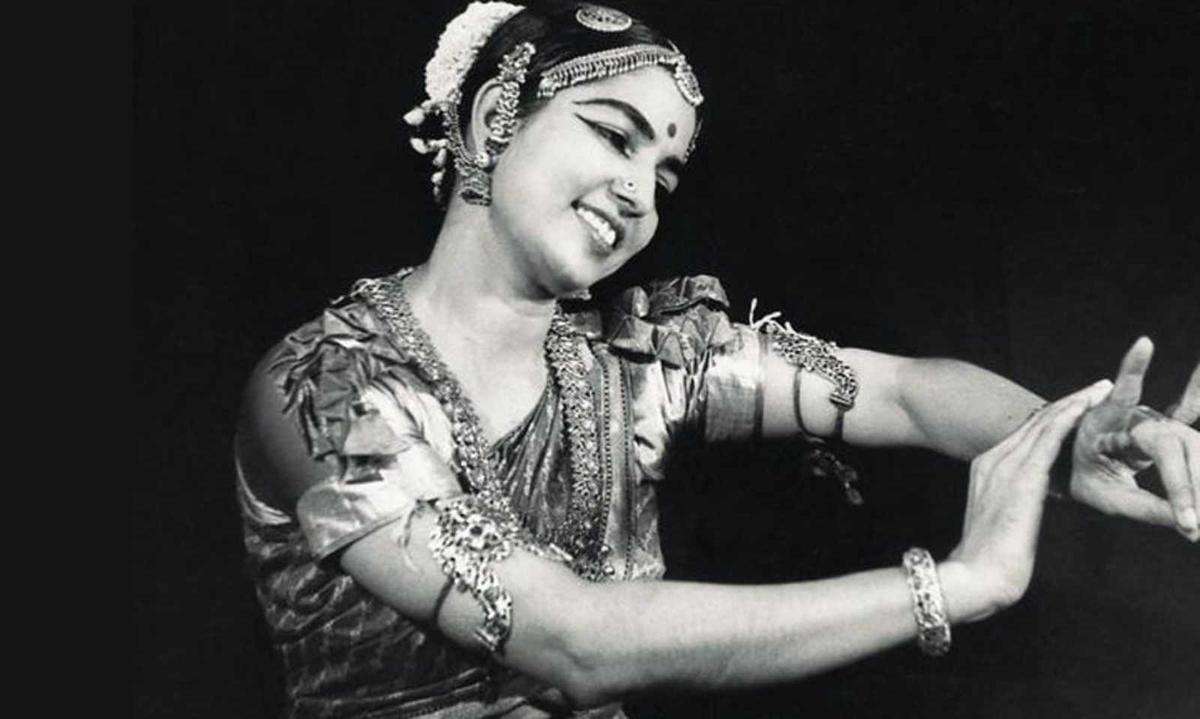A Brief Exploration of the History of Bharatanatyam
Introduction:
Bharatanatyam, a classical dance form originating from the southern state of Tamil Nadu, India, is not merely an artistic expression but a cultural heritage that embodies centuries of tradition, spirituality, and storytelling. This research note aims to provide a concise yet comprehensive overview of the intricate history of Bharatanatyam, tracing its evolution from ancient roots to contemporary significance.
Ancient Origins:
The roots of Bharatanatyam can be traced back to the ancient temple rituals of Tamil Nadu, where it was performed as a form of devotion and spiritual expression. Initially known as Sadir Attam or Dasi Attam, it was predominantly practiced by female temple dancers called Devadasis, who were dedicated to the service of the deity in the temple precincts. These dancers were revered as repositories of art and culture, and their performances were integral to religious ceremonies and societal celebrations.
Transformation and Renaissance:
During the colonial era, particularly in the 19th century, Bharatanatyam faced significant challenges due to British colonial policies and societal reforms. The Devadasi system came under scrutiny, leading to the marginalization and stigmatization of temple dancers. Consequently, Bharatanatyam underwent a transformation, shedding its association with the temple and reemerging as a stage art form.
Revival and Reform:
The revival of Bharatanatyam owes much to the efforts of visionary artists and reformers who sought to preserve its cultural heritage while adapting it to modern sensibilities. Figures such as Rukmini Devi Arundale played a pivotal role in reshaping Bharatanatyam into a more respectable and codified art form suitable for public performance. Through systematic training, repertoire development, and the establishment of institutions like Kalakshetra, Bharatanatyam was revitalized and reintroduced to a wider audience.
Key Elements and Aesthetics:
Bharatanatyam is characterized by its intricate footwork, graceful body movements, expressive facial gestures, and elaborate costumes. The dance repertoire comprises a diverse range of items, including Alarippu, Jatiswaram, Varnam, Padam, and Tillana, each serving distinct aesthetic and narrative purposes. The music accompanying Bharatanatyam is traditionally Carnatic, with compositions ranging from classical ragas to devotional hymns.
Contemporary Significance:
In the modern era, Bharatanatyam continues to thrive as a symbol of cultural identity, artistic expression, and spiritual resonance. It has transcended geographical boundaries to become a global phenomenon, captivating audiences worldwide with its mesmerizing performances. Contemporary dancers and choreographers are pushing the boundaries of tradition, incorporating innovative themes, styles, and technologies while staying rooted in the timeless essence of Bharatanatyam.
Conclusion:
The history of Bharatanatyam is a saga of resilience, adaptation, and renewal, reflecting the enduring spirit of Indian classical arts. From its sacred origins in temple rituals to its contemporary renaissance on the global stage, Bharatanatyam remains a testament to the rich tapestry of Indian culture and the timeless beauty of human creativity. As custodians of this heritage, it is our responsibility to cherish, preserve, and perpetuate the legacy of Bharatanatyam for generations to come.








